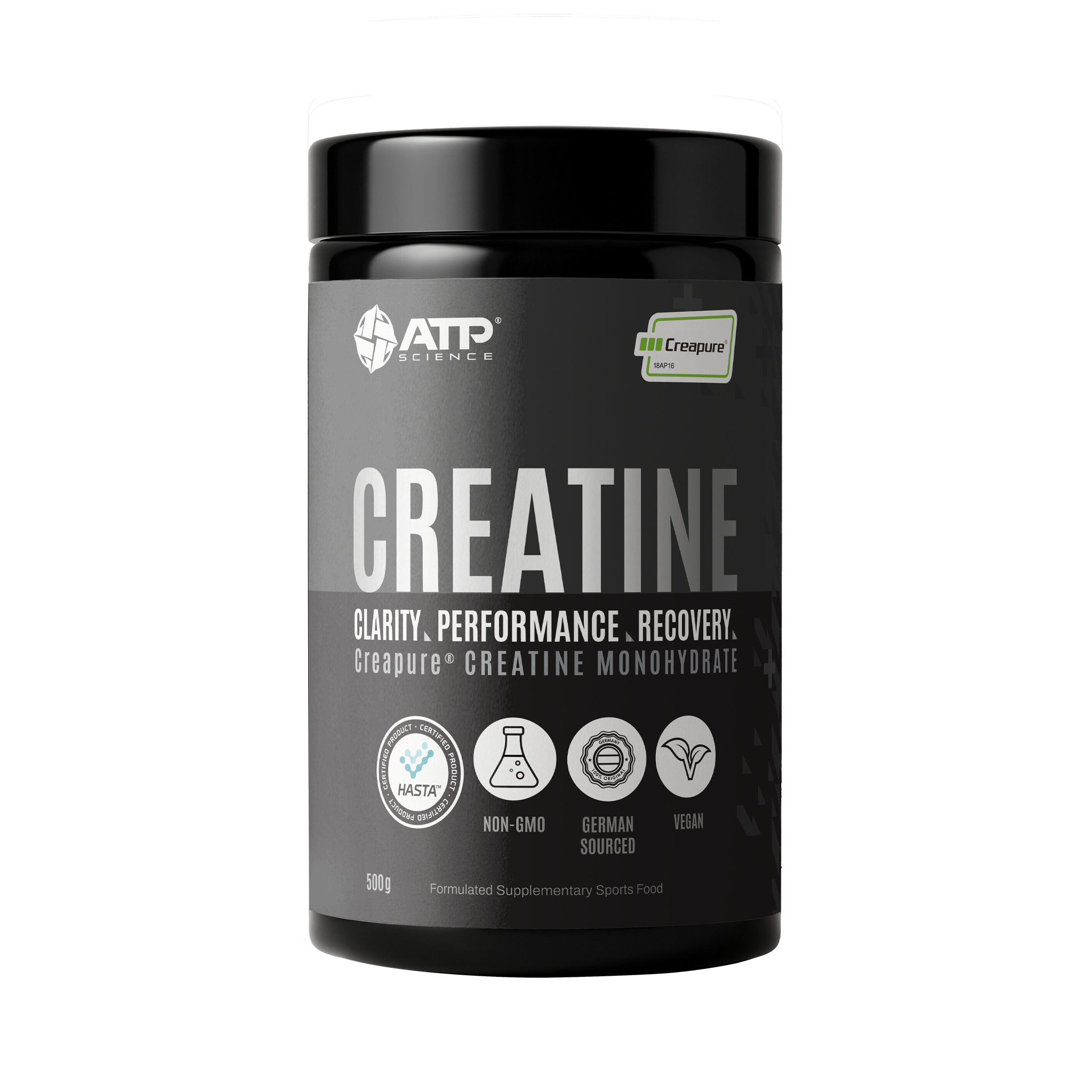LFT (liver function tests)
LFT does not measure liver function. It looks for liver damage and liver blockage. Any defect in function is not detected until it proceeds to damage or blockage.
BUT these markers are not exclusive to the liver, they are the same compounds released from other damaged, struggling or healing cells in your body. Blood tests are designed to serve the population based on averages and assumptions. Those that exercise and live a life of lifting and pushing their bodies can not fit with the norm and confuse the medical model.
The magnitude of aminotransferase alteration can be classified as “mild” (< 5 times the upper reference limit), “moderate” (5–10 times the upper reference limit) or “marked” (> 10 times the upper reference limit).
AST and ALT
AST and ALT are enzymes which are important contributors to the citric acid cycle.
High AST: ALT associated with a P5P deficiency
Both enzymes require pyridoxal-5'-phosphate (vitamin B6) in order to carry out this reaction, although the effect of pyridoxal-5'-phosphate deficiency is greater on ALT activity than on that of AST. This has clinical relevance in those with vitamin B6 deficiency as it may decrease ALT serum activity and contribute to an increase in the AST/ALT ratio.
High AST/ALT can be from B6 deficiency. B6 deficiency reduces ALT.
ALP
ALP is an enzyme that transports metabolites across cell membranes. Liver and bone diseases are the most common causes of pathological elevation of ALP levels, although ALP may originate from other tissue, such as the placenta, kidneys or intestines, or from leukocytes. Hepatic ALP is present on the surface of bile duct epithelia. Liver and Gallbladder blockages enhance the synthesis and release of ALP and accumulating bile salts increase its release from the cell surface.
GGT (γ-Glutamyl transpeptidase)
GGT is an enzyme that is present in hepatocytes and biliary epithelial cells, renal tubules, and the pancreas and intestine. GGT can be induced by several drugs, such as anticonvulsants and oral contraceptives. Elevated GGT levels can be observed in a variety of non-liver diseases, including chronic obstructive pulmonary disease and renal failure, and may be present for weeks after a heart attack. Increased serum levels observed in alcoholic liver disease can be the result of enzyme induction and decreased clearance.
LDH
Lactate Dehydrogenase (LDH) is a protein that helps produce energy in the body. Medicines that can increase LDH measurements include numbing medicines (anesthetics), aspirin, clofibrate, fluorides, mithramycin, opioids, and procainamide.
A higher-than-normal level may indicate:
- Blood flow deficiency (ischemia)
- Heart attack
- Hemolytic anemia
- Infectious mononucleosis
- Leukemia or lymphoma
- Liver disease (for example, hepatitis)
- Low blood pressure
- Muscle injury
- Muscle weakness and loss of muscle tissue (muscular dystrophy)
- New abnormal tissue formation (usually cancer)
- Pancreatitis
- Stroke
- Tissue death
Bilirubin
Bilirubin is the product of hemoglobin catabolism within the reticuloendothelial system. Heme breakdown determines the formation of unconjugated bilirubin, which is then transported to the liver. In the liver, UDP-glucuronyltransferase conjugates the water-insoluble unconjugated bilirubin to glucuronic acid, and conjugated bilirubin is then excreted into the bile.
Albumin
Albumin is a protein made by the liver. Albumin serves in the transport of bilirubin, hormones, metals, vitamins, and drugs. It has an important role in fat metabolism by binding fatty acids and keeping them in a soluble form in the plasma. This is one reason why hyperlipemia occurs in clinical situations of hypoalbuminemia. The binding of hormones by albumin regulates the amount of free hormone available at any time. Because of its negative charge, albumin is also able to furnish some of the anions needed to balance the cations of the plasma.
Increased by:
- Anabolic steroids,
- Androgens
- Growth hormone
- Insulin
- Dehydration
Low Levels indicate:
- Kidney diseases
- Liver disease (for example, hepatitis, or cirrhosis that may cause ascites)
- Nutrient deficiency, protein deficiency and fasting
- After weight-loss surgery
- Crohn disease
- Low-protein diets
- Coeliac disease
- Whipple disease
Globulin
The globulin fraction includes hundreds of serum proteins including carrier proteins, enzymes, complement, and immunoglobulins (75% are IgG) . Most of these are synthesized in the liver, although the immunoglobulins are synthesized by plasma cells.
Increased By:
- increased immunoglobulins/antibodies
- illness
Decreased By:
- Malnutrition
- congenital immune deficiency
- nephrotic syndrome
Fatty Liver is not the liver’s fault
NASH / NAFLD is diagnosed by liver function tests but is not actually a liver disease. It is an insulin issue / metabolic syndrome. The changes to liver enzymes and LFT occurs once there is substantial damage. Insulin resistance testing and ultrasound would have shown the predisposition and allowed for prevention. This is predicted to be the leading cause of liver transplant by 2020 and at this point in time is being managed only after the liver damage has occurred.
Anion Gap
= difference between unmeasured anions and unmeasured cations
minus
High anion gap = acidosis – lactic acid, Diabetic ketoacidosis and supplemental ketones (beta-hydroxybutyrate BHB), salicylate accumulation, metabolic acidosis, respiratory acidosis, Uremia, Propylene glycol, Isoniazid intoxication, Rhabdomyolysis/renal failure, metabolic alkalosis, hyperphosphatemia
normal = normal
A low anion gap = alkaline – Hypoalbuminemia, Plasma cell dyscrasia, Monoclonal protein, Bromide intoxication, laboratory or intoxication with lithium, bromide, or iodide.
RFT (Renal function test)
Creatine is not Creatinine nor is it creatinine kinase.
CK – creatinine kinase
CK tested on blood tests is a by-product of exercise and energy production or tissue destruction. Only measured as part of the kidney test because the kidney is supposed to remove it.
WCC - White Cell Count
WBCs help fight infections. They are also called leukocytes. There are five major types of white blood cells:
- Basophils - A type of immune cell that has granules (small particles) with enzymes that are released during allergic reactions and asthma. A basophil is a type of white blood cell and a type of granulocyte.
- Eosinophils - A type of immune cell that has granules (small particles) with enzymes that are released during infections, allergic reactions, and asthma. An Eosinophil is a type of white blood Cell.
- Cell and a type of granulocyte. (ESR = eosinophil sedimentation rate and is a marker of inflammation)
- Lymphocytes (T cells, B cells, and Natural Killer cells). The lymphocyte is a type of white blood cell that is part of the immune system. There are two main types of lymphocytes: B cells and T cells. The B cells produce antibodies that are used to attack invading bacteria, viruses, and toxins. The T cells destroy the body's own cells that have themselves been taken over by viruses or become cancerous.
- Monocytes – become macrophages to kill infections, phagocytic
- Neutrophils – fight infection. A type of immune cell that is one of the first cell types to travel to the site of an infection. Neutrophils help fight infection by ingesting microorganisms and releasing enzymes that kill the microorganisms. A neutrophil is a type of white blood cell, a type of granulocyte, and a type of phagocyte.
Low WCC Can Indicate
- Bone marrow deficiency or failure (for example, due to infection, tumor, or abnormal scarring)
- Cancer treating drugs, or other medicines (see list below)
- Autoimmune disorders such as lupus
- Disease of the liver or spleen
- Radiation treatment for cancer
- Certain viral illnesses, such as mononucleosis (mono)
- Cancers that damage the bone marrow
- Very severe bacterial infections
High WCC Can Indicate
- Aplastic anemia
- Certain drugs or medicines (see list below)
- Cigarette smoking
- Not having a spleen, due to spleen removal
- Infections, most often those caused by bacteria
- Inflammatory disease (such as rheumatoid arthritis or allergy)
- Leukemia
- Severe mental or physical stress
- Tissue damage (for example, burns)
Drugs that can lower WCC
- Antibiotics
- Anticonvulsants
- Anti-thyroid drugs
- Arsenicals
- Captopril
- Chemotherapy drugs
- Chlorpromazine
- Clozapine
- Diuretics
- Histamine-2 blockers
- Sulfonamides
- Quinidine
- Terbinafine
- Ticlopidine
Drugs that can Increase WCC
- Beta adrenergic agonists (for example, albuterol)
- Corticosteroids
- Epinephrine
- Granulocyte colony stimulating factor
- Heparin
- Lithium
CRP - C - Reactive Protein
C-reactive protein (CRP) is a blood test marker for inflammation in the body. CRP is produced in the liver and its level is measured by testing the blood. CRP is classified as an acute phase reactant, which means that its levels will rise in response to inflammation.
Goes bad first and then comes good first. excellent marker for general tracking of aging etc. as it will change before BP, Blood sugar etc. change and then change good when on right track before the other stuff changes.
ESR - Inflammatory Marker
Markers of inflammation
- Unexplained fevers
- Certain types of arthritis
- Muscle symptoms
- Other vague symptoms that cannot be explained
- Test may also be used to monitor whether an illness is responding to treatment
This test can be used to monitor inflammatory diseases or cancer. It is not used to diagnose a specific disorder.
However, the test is useful for detecting and monitoring:
- Autoimmune disorders
- Bone infections
- Certain forms of arthritis
- Inflammatory diseases that cause vague symptoms
- Tissue death


















